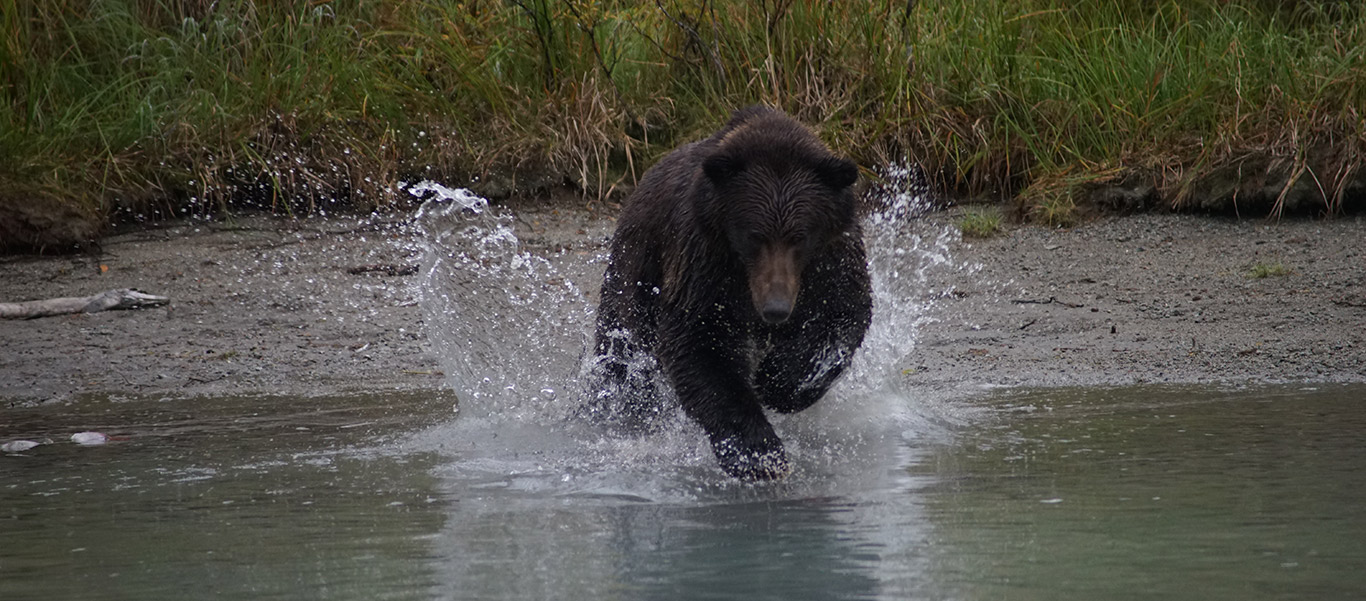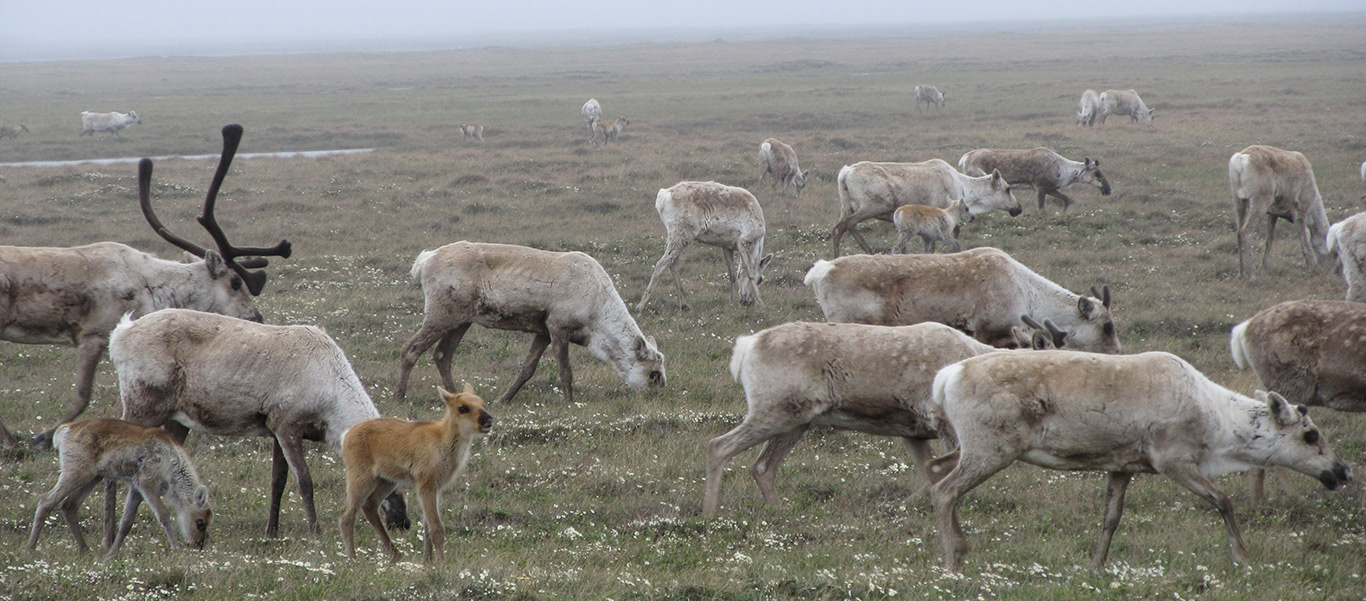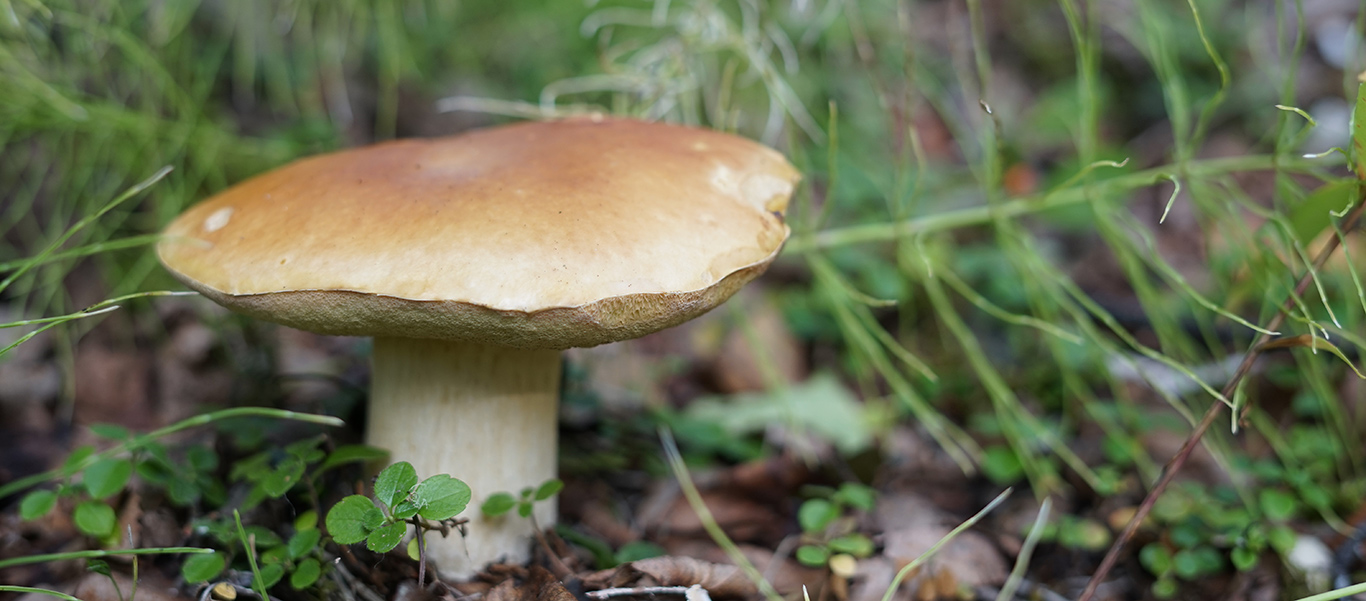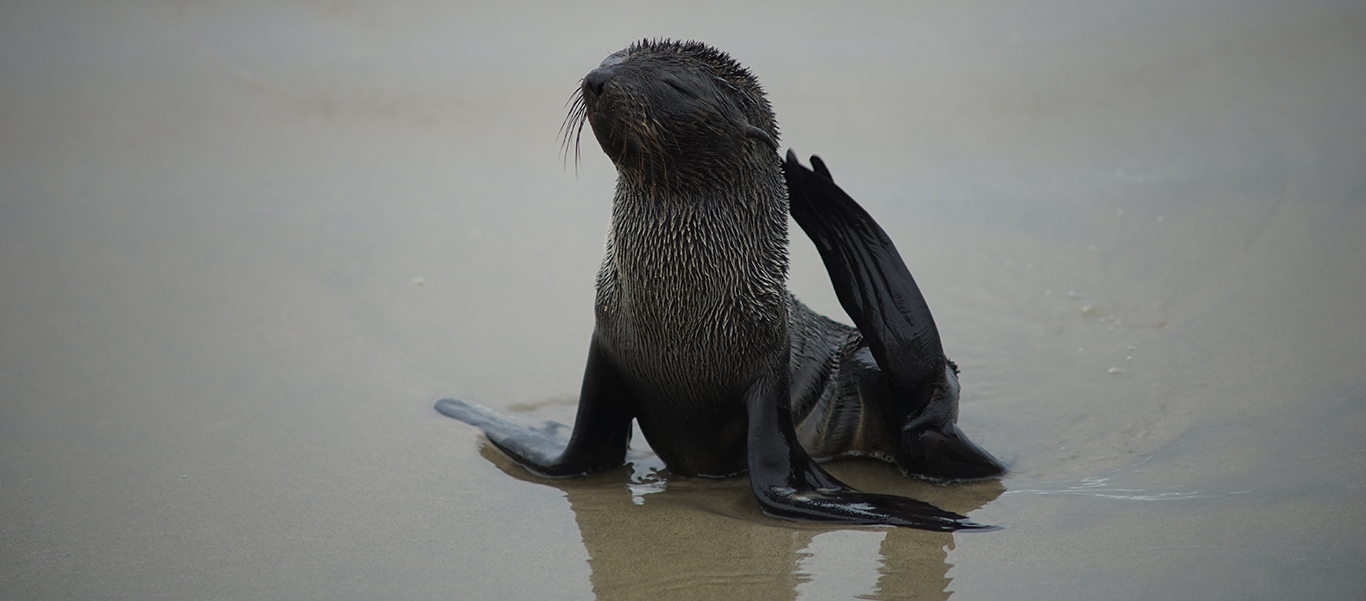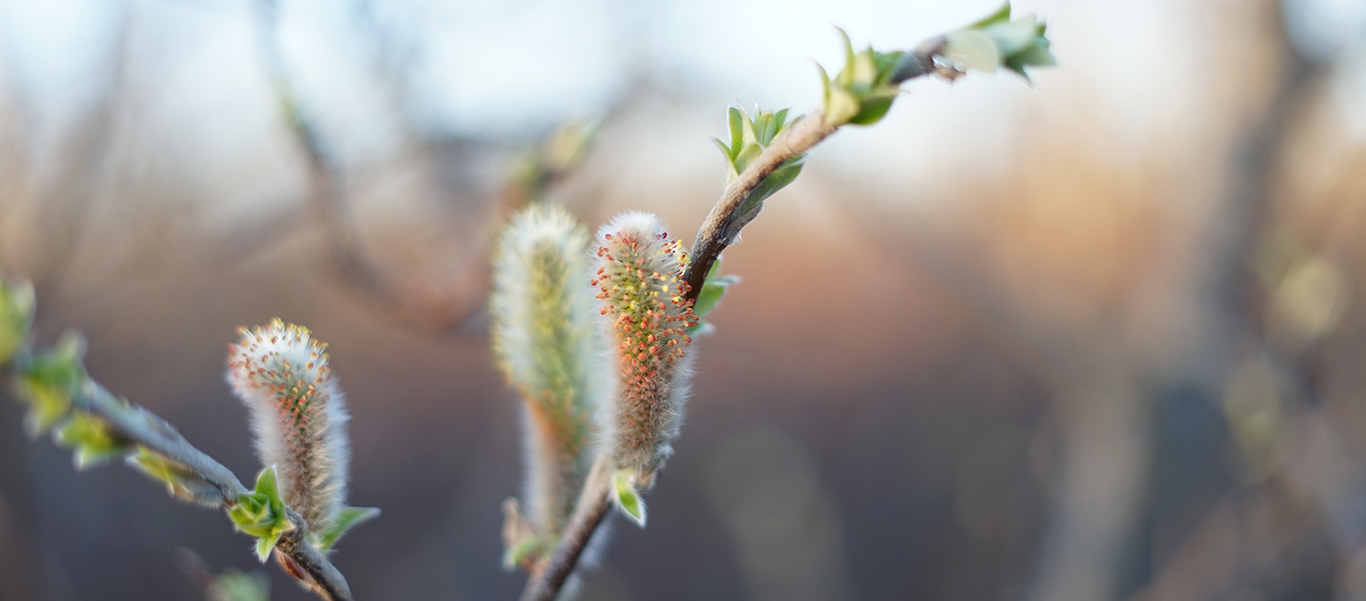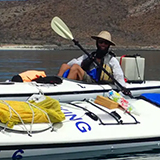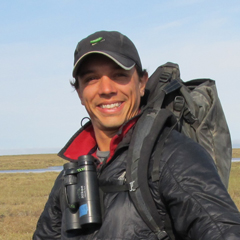
Duke Brady
The places and creatures of this planet, in their most subtle minutia and most grandiose posture, move us to be better and different people.
Expedition Leader Duke Brady
With an array of experiences from tropical research expeditions to guiding backcountry hikes in Grizzly Bear country, Duke Brady comes from a background rooted in science and adventure. Growing up in places like the vine-strewn jungles of Maui and the whitewater canyonlands of Arizona, Duke harnessed his passion for nature early on, eventually earning degrees in Ecology and Media.
After his father introduced him to the hinterlands of Alaska as a teenager, Duke found himself conducting research with the U.S. National Park Service as a botanist for several years after university. He also worked as a naturalist guide in Denali National Park, embracing his passion for education and land stewardship. His first love—research—has called him to a wide variety of places and projects, including nest monitoring for rare and endangered birds, managing salmon sonar stations in remote field camps, and hunting for newly discovered lichens.
Duke has also applied his media background to film and audio projects for the U.S. National Park Service, Discovery Channel, and other entities. And harkening back to his days processing photos in an actual dark room, you may see Duke shooting real film on an expedition.
Duke was a terrific leader, keeping the group engaged throughout the entire trip with his depth of knowledge. I look forward to traveling with him again on another expedition.
-D. Kast, Colorado
Duke's Expeditions
Ask Duke a question about his upcoming expeditions?
Get in TouchThe underground world of mushrooms
Did you know mushrooms are more akin to animals than they are plants? Since they are heterotrophic, they must seek out and “find” their food sources, whereas most plants are autotrophic and able to make some or all of their own nutrients. The fungal “hyphae” is the webby, underground and hidden majority of the organism, while the mushrooms that we are used to seeing are simply the “fruiting bodies” of the species.

